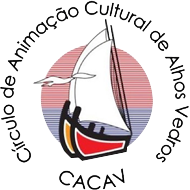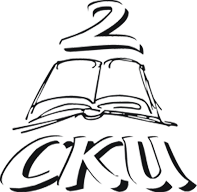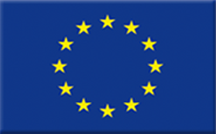Tanz die Toleranz (TdT) / Caritas Wien
Name of the N-arts activity: Adult Group Dance
To empower the adult learner to feel confident in their body by developing strength, stamina, memory, coordination space awareness, body awareness and contact with other participants. To enable them to trust their body and use it as a tool for learning.
General Data
Characteristics
From February 13 to June 13 & September 18 to December 11, 2019
Frequency / Periodicity: 1 Rehearsal per week (2 hours)
Art form: Dance
Kind of activity (part of curriculum, extracurricular, informal setting): informal activity
Participants
Number of participants: 60 (Summer) & 58 (Winter)
Age (from 27 to 75 years)
Gender: 33 male, 85 female
Social background (if applicable): mixed, 67 with immigration background
Framework
Description of the activity
Participatory choreographic process to create a piece.
Rehearsals/training once a week for four months, each session lasting 2 hours
Additional training for small groups or solo (repeated twice in one year).
Performances in front of an audience at the end of each cycle.
Two groups took part in this project: Youth Dance (young adults until the age of 24) and Adult Dance (adults aged 25 upwards).
Rehearsals and performances took place at Brunnenpassage
Intention, goals, aims
The training of dance skills to empower the learner to perform in front of an audience and improve self-confidence, which is important in adult education
To empower the adult learner to feel confident in their body by developing strength, stamina, memory, coordination space awareness, body awareness and contact with other participants. They are able to trust their body and use it as a tool for learning.
To establish a transcultural community of adult learners who work together as a team towards a common goal, i.e. the performance.
To include diversity within the age group, skill levels, and abilities
To improve creativity: through improvisational tasks, participants have to find a way to develop their ideas and discuss in order to achieve a common “solution”.
To be supportive of each other and build on social skills of the participants using artistic practice as a method to achieve this target.
To encourage a positive learning experience, which can be replicated later on in other contexts.
Planning/preparation
Selection: Adult Dance is a highly demanded format for which over 100 adults apply each semester. A pre-selection process was set in place to limit the number of dancers to 65 as it is the size, which still allows for quality in the learning experience, while providing access to a great number of participants. The application consists of a written motivation statement, which the staff evaluate on an anonymous basis. Exemptions to this principle are justified by the objective to fulfill cultural and gender-related diversity criteria.
Coordination: the framework and conditions of implementation are carefully planned and involve preparing training / rehearsals once a week; accompanying participants with practical information; booking and organizing space for the rehearsals, performances etc.
Communication and outreach: Informing the public about the start and content of the courses as well as about performances through newsletter, social media, printed flyers. A particular attention is given to reach target groups, which normally do not have access to cultural activities.
Learning / Training Method
Through the structure of a dance class the adult participants become familiar with the structure and experience of training the body, which involves specific learning processes and skills: warming up, strengthening physical condition, developing coordination, practicing, remembering and rehearsing choreography, improvising and cooling down.
The method can be broken down in different phases: the first phase is primarily frontal teaching. The teacher/choreographer shows, the participants imitate (mirroring). During this phase, movement sequences will become internalized and “owned” by the dancers. This is a particular aspect of working with dance: a continuous evolving phenomenon of deep learning using the body and memory combined. During a second phase, improvisation contributes to the artistic/creative learning process, which will be enacted in the frame of the performance.
The interaction of the group contains elements of following each other, touching, giving and taking weight.
In the training sessions the choreography is developed as a process of including all learners regardless of their skills and abilities.
Outcomes
The learning result was presented at a performance together with 3 other groups on two evenings and in different locations in front of an audience of about 800 people.
Through the training process the following outcomes were achieved:
a community was established
the quality of movement of the learners improved
body awareness of the learners improved
trust was established in own bodies, and in others
a choreography involving all learners was created
the fear of performing was overcome





